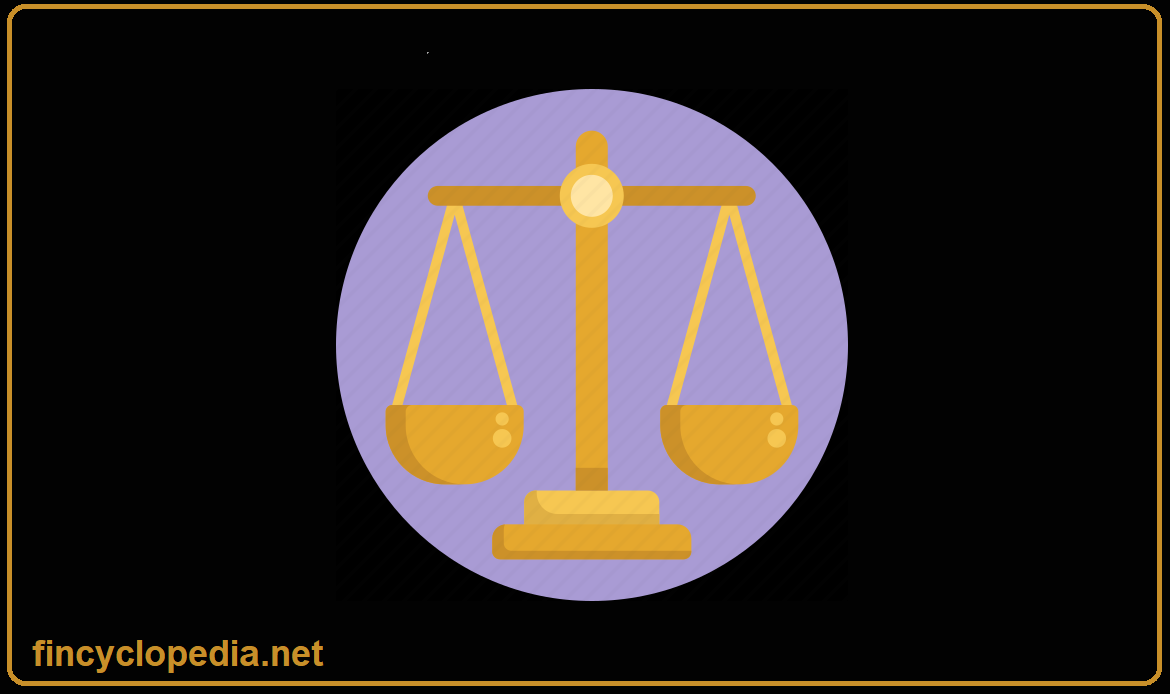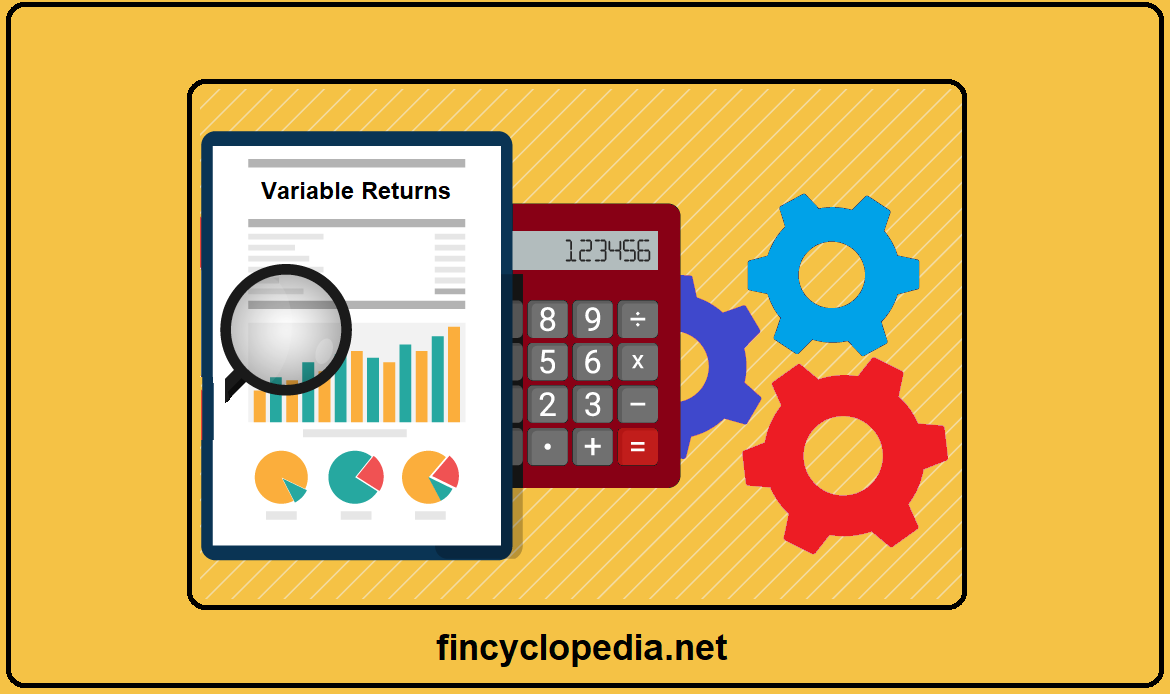The fair value of an asset is the price that would be received to sell an asset in an orderly transaction by a market participant to another (under normal current market conditions) at the measurement date. By nature, fair value is a current exit price, not an entry price. Fair value is the exit price being transacted at in the principal market (a market that has the highest volume and activity level for the trading of specific assets or liabilities), or in the absence of which, the most advantageous market. Any information that becomes available after measurement date is not relevant.
The exit price for an asset differs from its transaction price (or entry price): the former is the price at which it will be sold, while the latter is the price at which the asset was initially purchased by the reporting entity. Though in many situations , the exit and entry price may converge, the transaction price cannot be used as a measure of fair value across the board. For instance, the most recent transaction price for a thinly traded bond may not be used as a fair value estimate
In practice, the exit price applies irrespective of the reporting entity’s intent and/or ability to sell an asset. That is, fair value reflects the amount that a reporting entity will receive from a market participant who is willing to buy the asset. Therefore, fair value is a bilateral interaction under normal market conditions for determination of value: the market participants are presumed to be independent of each other, knowledgeable about the asset and willing and able to enter into a transaction for the asset.






